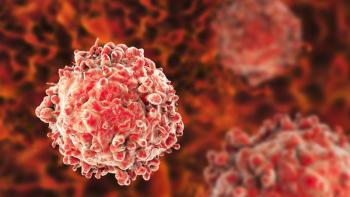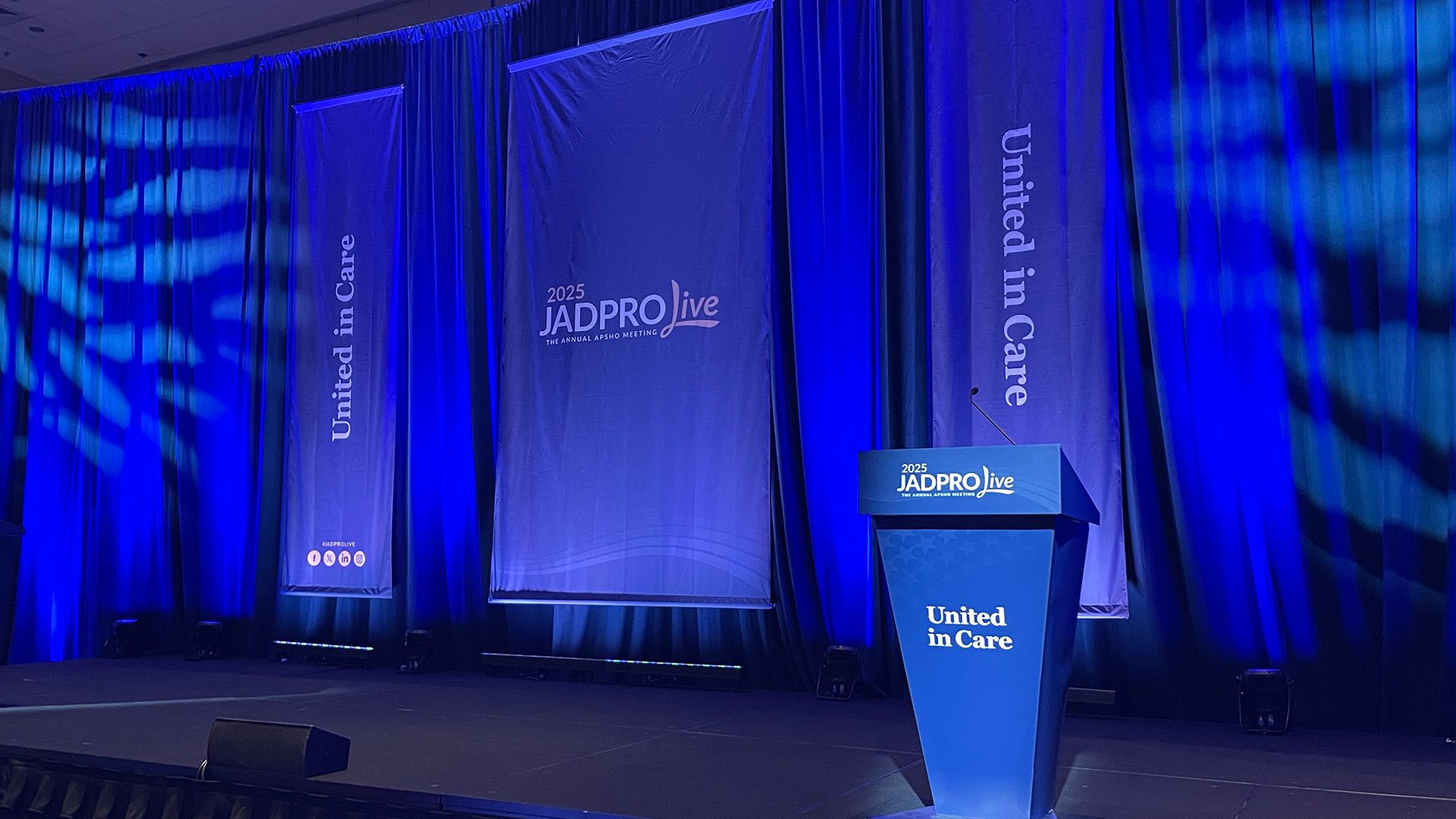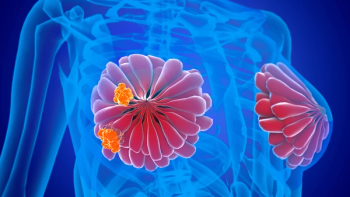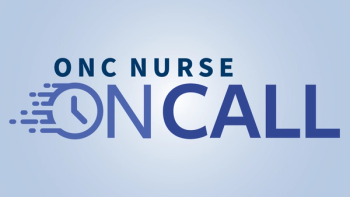
NGS Streamlines Biomarker Testing in Solid Tumors

Kevin Y. Chen, PharmD, MS, BCOP, CPP, discusses how next-generation sequencing improves biomarker testing and treatment planning in solid tumors.
Next-generation sequencing (NGS) has transformed how clinicians approach biomarker testing in solid tumors, according to Kevin Y. Chen, PharmD, MS, BCOP, CPP. Chen explained that NGS enables testing for hundreds of genes at once, helping identify both actionable and emerging targets that can guide current treatment decisions and future trial enrollment. He emphasized that this approach moves the focus beyond single-gene assays toward a more comprehensive genomic strategy that supports precision oncology now and in years to come.
Chen, a clinical pharmacist practitioner at the University of North Carolina (UNC) Medical Center who specializes in the care of patients with thoracic malignancies and sarcoma, spoke with Oncology Nursing News following his presentation on new drug updates in solid tumors at JADPRO Live 2025 in National Harbor, Maryland.
He noted that in breast cancer, HER2 testing remains standard, but there is increasing attention to alterations in the PI3K and PTEN/AKT pathways, as well as germline BRCA mutations. In lung cancer, where Chen specializes, NGS allows testing for multiple known biomarkers—such as EGFR, ALK, ROS1, and RET—within a single platform, streamlining the process and offering insights that may inform future targeted therapy options.
Transcript
It depends on the different solid tumor. For example, in breast cancer, there’s plenty of information about HER2 testing, but there’s a lot of new information now coming out about these PI3K inhibitors and PTEN/AKT pathway. The germline BRCA mutations are also important for breast cancer.
In lung cancer, where I practice, it’s a poster child for precision medicine, we have now around 12 different biomarkers that we can test for between EGFR, ALK, ROS1, and RET. Rather than focusing on the individual biomarker, it’s more important to talk a little bit about the testing modalities, specifically the next-generation sequencing.
We’re able to use 1 platform to test for hundreds of genes. That’s not only helpful for identifying those genes that we have current targets for, but it’s also helpful for identifying those genes which may have a future target, either for a patient to enroll on a clinical trial or somewhere down the line if their cancer progresses, we may have an option down the line 4 or 5 years from now that we don’t have today.
This transcript has been edited for clarity and conciseness.
Newsletter
Knowledge is power. Don’t miss the most recent breakthroughs in cancer care.
















































































